There seems to be a lot of wrong information in these answers. To save other people some time, I post my own findings:
First of all, like the poster of the question, I also have the situation that I need to elevate permissions from within a Java application.
I have split this up into two scripts. The first script is executed from Java with some command line parameter. The second script performs all steps that need root privileges. The idea is of course to use cocoasudo in the first script to perform the second script with root privileges.
I have confirmed via extensive logging into separate files that the scripts indeed do what I intended. And they work fine when launched manually (with normal user privileges of course) from the command line.
When launched from the Java app, I do get the cocoasudo prompt, but nothing happens. Not even the first logging output from the second script appears.
When I change the first script to use osascript, again with confirmation that everything is correct as far as the script goes, I don't even get a prompt when it runs from within Java.
This is all on OS X Mountain Lion. As if Apple build in some safe guards that prevent scripts being executed with root privileges from within Java.
Since cocoasudo itself actually runs, I am inclined to think the solution is to code something similar to cocoasudo, but performing all the rest of the required actions using Cocoa API calls. This can then be code-signed as well.
